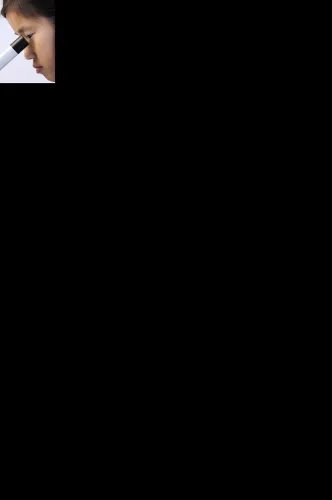You Can Carry Over PMFSH From Previous Encounter--to an Extent

Question: Our doctor documents the electronic medical record (EMR) really well in the history but not in the exam when he sees patients for follow-up visits (such as checking to see if bronchitis is resolved). He also just copies the past medical, family, and social history (PMFSH) from one visit to the next. Is this wrong?
Answer: It could be. If your EHR consistently shows E/M documentation that is robust in one section (such as History) and thin in another (such as Exam), you may be trusting your software programming to do too much.
Even if you’re seeing a patient for a follow-up visit, you should still perform a new exam rather than trusting the previous exam to carry over to the new visit. Carrying information over for follow-ups is allowed to some degree for review of systems (ROS) and PMFSH, but not for an exam.
E/M guidelines state that if a patient’s PMFSH or ROS has not changed since a prior visit, your provider doesn’t have to redocument the information. He does, however, need to document that he reviewed the previous information to be sure it’s up to date and note in the present encounter’s documentation the date and location of the initial earlier acquisition of the ROS or PMFSH. Many payers will give no ROS or PMFSH credit if you overlook one of these criteria. To meet the rules, the provider could say, “I reviewed the review of systems and past, family, social history with the patient taken from today’s patient questionnaire and our previous visit of Feb. 15, 2016. She reports that nothing has changed since that date.”
In contrast, if your E/M code depends on the level of exam, there is no substitute for recording physical exam information at each visit. Providers shouldn’t attempt to overcome this documentation hurdle by copying and pasting notes. The note in the EHR must sufficiently describe the services furnished to that specific patient at the coded encounter. If every chart is worded similarly, you may have a problem. One of the hottest areas for payer audits is looking for cloned documentation.




